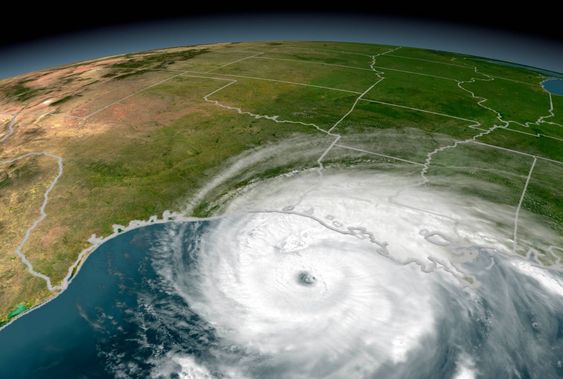Cyber Storms: Navigating Digital Safety During Hurricane Season
The 2025 hurricane season already has 13 to 18 named storms forecasted. As we prepare physically for the storms ahead, it’s equally important to prepare digitally. Last year, Hurricane Beryl tore through Houston, unleashing catastrophic flooding, powerful winds and massive power outages that disrupted nearly three million homes and businesses. Houston Methodist was among those impacted. Events like these are stark reminders that technology systems are just as vulnerable as physical infrastructures. Power failures, damaged servers and disrupted networks can halt operations in an instant.
“During Hurricane Beryl, our systems were disabled, and we faced widespread communication failures across locations — disruptions that closely resembled the effects of a coordinated cyberattack, where infrastructure is compromised, connectivity is severed and operational continuity is severely impacted,” said John Mowery, vice president and chief information security officer. “This experience underscores the importance of having robust disaster recovery and cybersecurity plans to ensure resilience.”
Staying Vigilant in the Eye of the Storm
In addition to the effects of natural disasters mirroring a cyberattack, they also create the perfect storm for cybercriminals, who capitalize on chaos and uncertainty. When you’re stressed or distracted, you’re more likely to make mistakes, like clicking a suspicious link or mishandling sensitive information.

“Be cautious of emails or messages that exploit the crisis, ask for credentials or contain suspicious links or attachments,” Mowery warns. “Attackers may impersonate charities or disaster relief agencies, but the links they provide often download malware. Fake websites are another common trick, claiming to provide updates on the disaster while secretly harvesting your data.”
To stay safe, only visit the official websites of government agencies and reputable news sources. Always hover over links to verify their URLs before clicking, and never download attachments from unknown senders.
Planning Your Defense
While cybersecurity might not be top of mind during a natural disaster, it should be. Each storm presents unique challenges and opportunities to apply what we’ve learned along the way.
Here are four key cybersecurity tips to help you prepare for a natural disaster:
- Back Up Data Regularly: Ensure all critical files are backed up to secure, cloud-based storage or an off-site server. Automate backups if possible and test restoration procedures.
- Use Only Secure Networks: Avoid using unsecured Wi-Fi networks, if remote access becomes necessary.
- Use Multifactor Authentication (MFA): Enable MFA on all accounts, especially those with access to company systems and sensitive data, to add an extra layer of security during a potential disruption.
- Know and Follow the Disaster Recovery Plan: Review and understand HM’s disaster recovery and business continuity plans. Know how to access systems, data and communication channels during an outage.
Riding Out the Storm — Safely and Securely
As the hurricane season intensifies, so must our commitment to digital safety. Just as we stock up on essentials and secure our homes, we must also safeguard our patient data and systems. Be cautious of exploitative phishing attempts, only use secure networks and know your recovery plan. By staying alert and planning ahead, we can weather both the storm, as well as the undercurrent of cyberthreats that follow in its wake.
